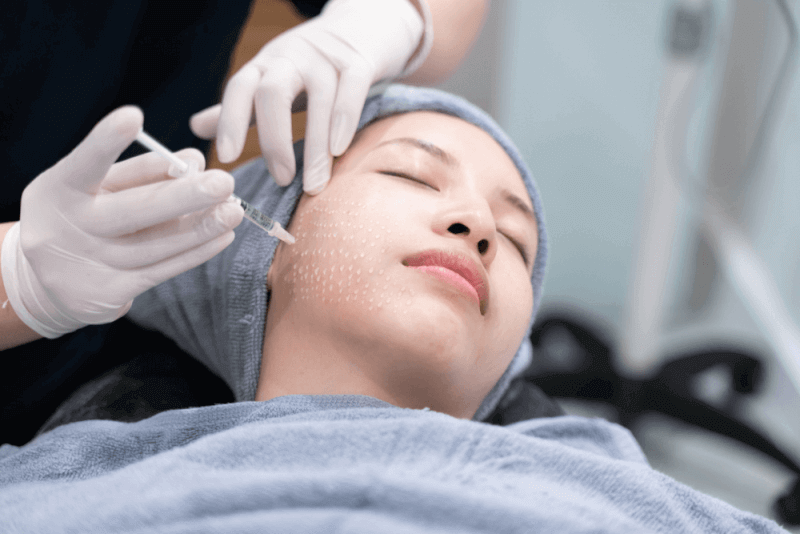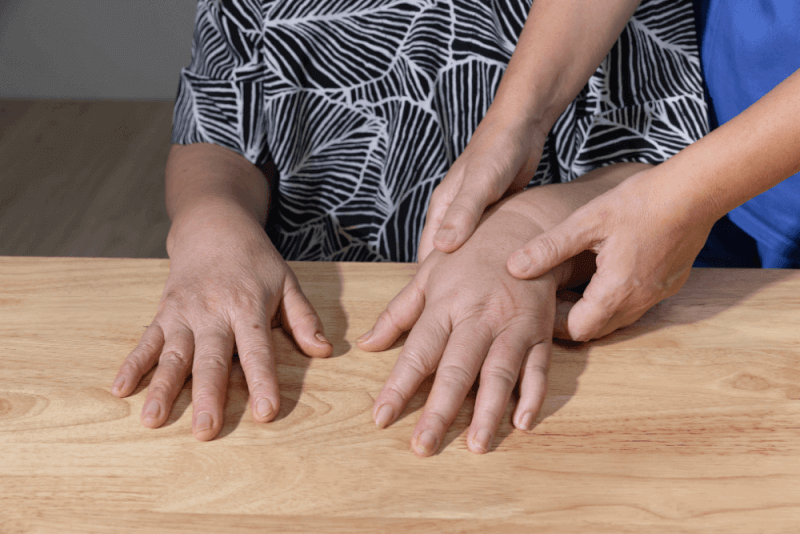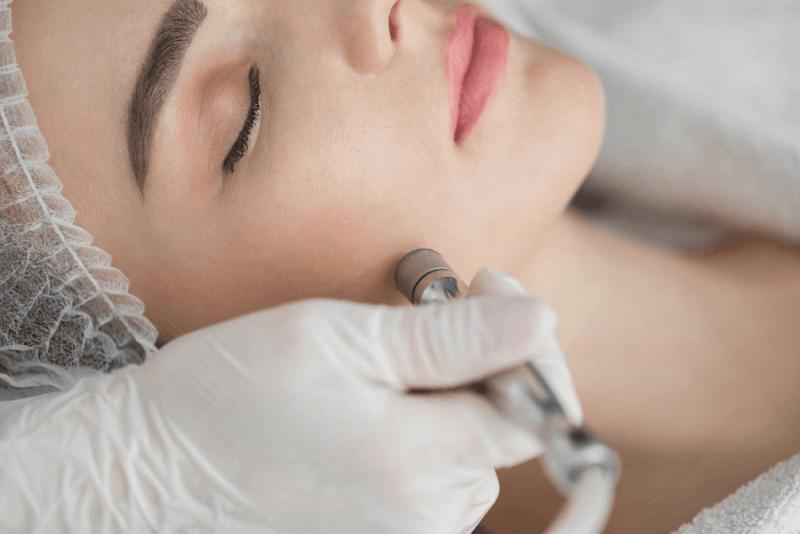What is a Youth Vaccine?
The youth vaccine, also known as H100 or IAL system, is a popular treatment for restoring moisture and rejuvenating the skin while also tightening it. This treatment is primarily used to reduce the signs of aging, with results often visible immediately after the procedure, making it a preferred option.
How is the Youth Vaccine Administered?
There is no standard protocol for administering the youth vaccine, so the doctor prepares a treatment plan tailored to the patient's needs. The injection method uses various fillers, and the target area is numbed with local anesthetic creams before the injection. After the procedure, slight redness, swelling, or bruising may occur, but these side effects usually disappear within 2-3 days. The effects of the treatment become noticeable within 5 days. The youth vaccine can be applied to the face, hands, décolletage, abdomen, arms, neck, and under the eyes.
What are the Benefits of the Youth Vaccine?
The youth vaccine offers various benefits, depending on the type of filler used. There are three different types of fillers used in the youth vaccine, each with its specific applications:
Bellagen Vaccine
Also known as collagen vaccine, Bellagen is used to supplement the skin with collagen. This helps prevent sagging and promotes a younger, healthier appearance. The full effect of this treatment typically requires 2 or 3 sessions.
H100
This method uses hyaluronic acid as the filler to address wrinkles, deformations, and moisture loss in the skin, restoring its glow and vitality.
Salmon DNA Youth Elixir
Derived from the blood and sperm of salmon, this treatment uses DNA as a filler to promote cell regeneration. The filler also contains L-leucine, L-proline, hyaluronic acid, L-lysine, and glycine, which help restore the skin's lost moisture.
Who is a Suitable Candidate for the Youth Vaccine?
The youth vaccine is suitable for both men and women over the age of 20 who wish to achieve healthier, more radiant skin. It is also suitable for individuals showing signs of aging.
What are the Benefits of the Youth Vaccine?
The youth vaccine offers several advantages, including:
- Provides a lifting effect, tightening the skin
- Enhances skin elasticity
- Gives the skin a brighter appearance
- Helps prevent loss of elasticity
- Protects the skin from harmful effects of sun and tanning beds
- Protects the skin from acne and age spots
- Moisturizes the skin
- Strengthens the skin against wrinkles
Side Effects of the Youth Vaccine
In some cases, redness, bruising, or swelling may occur after the youth vaccine procedure. Some individuals may experience allergic reactions to the materials used. However, these side effects usually resolve quickly.
What is the Difference Between the Youth Vaccine and Botox?
Botox prevents the formation of expression lines and helps eliminate wrinkles. The youth vaccine supports the skin with hyaluronic acid and collagen, which decrease over time, and helps prevent wrinkles caused by expressions. Due to these complementary effects, Botox and the youth vaccine are often used together.
Who Should Not Receive the Youth Vaccine?
The youth vaccine is not recommended for the following groups:
- Pregnant and breastfeeding women
- Cancer patients
- Individuals with open wounds, eczema, or herpes in the treated area
- Individuals with skin allergies
Pre-treatment Care for the Youth Vaccine
A week before the youth vaccine session, individuals should pay attention to the following points:
- Discontinue blood-thinning medications and avoid alcohol consumption
- Do not wear makeup on the day of the procedure
- Avoid procedures that may sensitize the skin, such as peeling or scrubbing
- Protect the treated area from sun exposure
- Do not use creams containing glycolic acid
Post-treatment Care for the Youth Vaccine
After the youth vaccine procedure, individuals should consider the following:
- Drink plenty of water
- Avoid procedures that may irritate the skin, such as peeling or scrubbing
- Avoid environments with hot steam, such as baths or saunas
- Refrain from smoking and alcohol consumption for a period
- Protect the treated area from sun exposure







